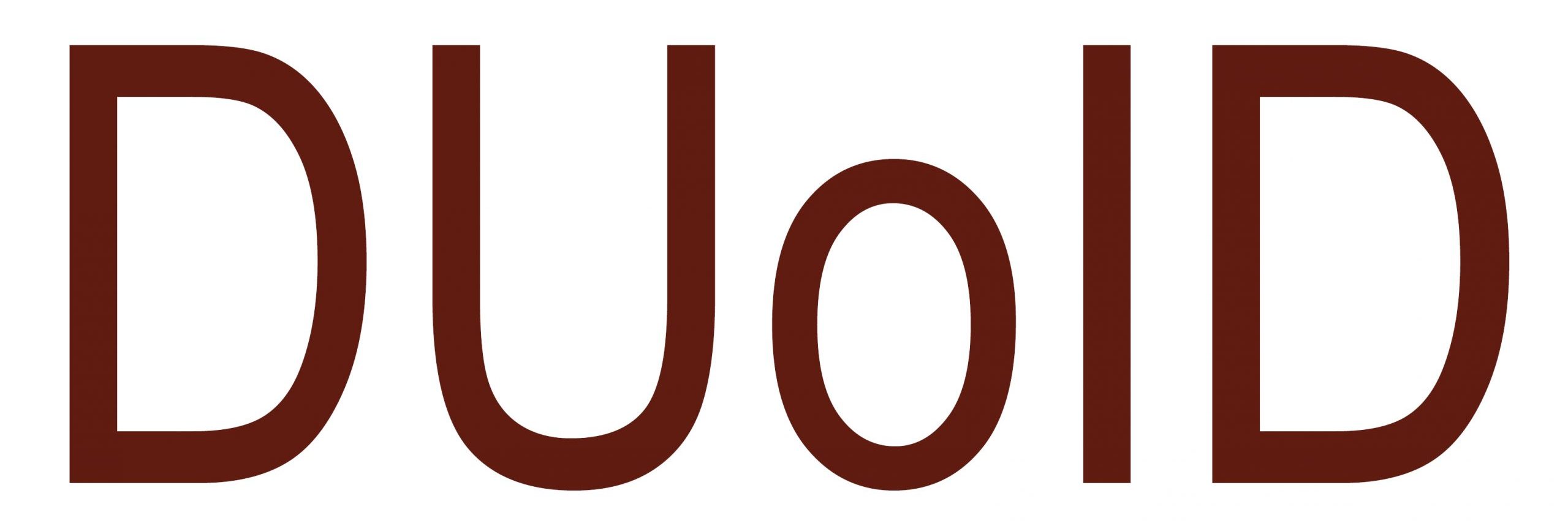There are many ways to teach online, but co-producing course content, learning journeys and student activities are less common. However, the international course, “Co-production in health and welfare” is an example of how this could be done with flipped class-rom approach. Therefore, we have invited the course developer and course leader Daniel Masterson, to present his tips on how to actively co-produce with students, patients and public contributors to optimize learning together.
Keys to success:
- A shared understanding and a reflective mindset of why we want to co-produce in digital courses in higher education
- Create the environment for co-production – adopting a flipped classroom approach enhances the possibilities for an interactive course, and learning through experiencing
- Start small! Start with co-producing one part of the course, do not try to change at all at once
- Positive approach, find your strengths and build on them together
- Create flexibility in choice, mechanisms for dialogue and ensure the digital tools to be easy to access, administer and use for all involved
- Capture the quieter voices
Traps to avoid:
- Relying on your own assumptions
- Falling in to traditional, hierarchical teaching structures
- Not being transparent
- Be clear of what can be co-produced in a digital courses, and what can´t be co-produced (as for example you can´t change the learning outcomes for an accredited course)
Interesting in learning more about co-producing digital courses in higher education? Have a look at the course, or contact Daniel Masterson, @DrDanMasterson (twitter) or daniel.masterson@ju.se (mail).

